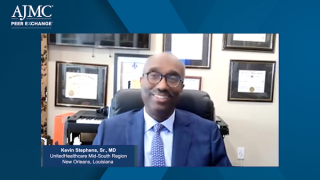
Ophthalmology
Latest News

Latest Videos

CME Content
More News

Closing out their discussion on glaucoma management, experts share practical advice for care providers and payers alike.
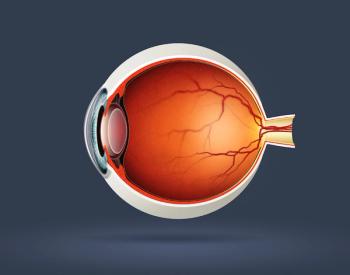
Psychological distress has been shown to impact physical health, and proactive treatment of impaired vision might be one way to mitigate the risk of distress in older populations.

Antiplatelet/anticoagulant (APAC) therapy can protect patients from developing nonproliferative diabetic retinopathy, according to a recent study.
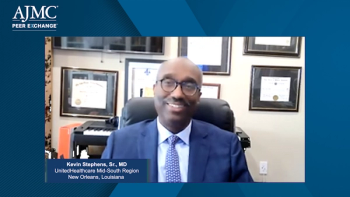
Shared insight on how the use and sequencing of therapies for glaucoma will evolve in coming years.
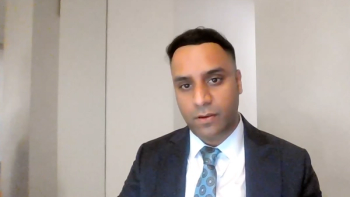
Teprotumumab has shown great efficacy in treating thyroid eye disease in both clinical trials and real-world settings, but more data are needed on adverse events, said Shoaib Ugradar, MD, UCLA Stein Eye Center Santa Monica.

Expert panelists review the use of MIGS and other channel procedures in patients with glaucoma.

Assessing the presence of vascular endothelial growth factor (VEGF) in tears could be a noninvasive way to determine the severity and progression of age-related macular degeneration.

A review of selective laser trabeculoplasty in glaucoma management, and when it is appropriate to consider as a treatment option.

A majority of patients with ophthalmic video visits were satisfied, but there were some predictors that contributed to which patients were more satisfied, explained Darren Chen, MD student at Weill Cornell Graduate School of Medical Sciences.
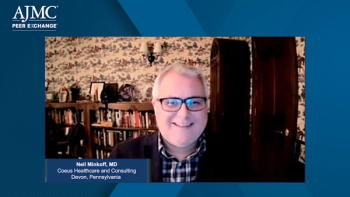
A review of the novel sustained release approach with bimatoprost implants and how this is affecting glaucoma management.
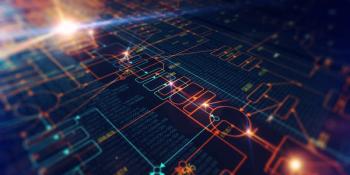
The meta-analysis found insufficient evidence to assess the validity of the screening in diagnosing age-related macular degeneration.

As more data are gathered on teprotumumab for use in thyroid eye disease (TED), we’ll have a better understanding of which subgroups respond better or worse to the treatment, explained Robert G. Fante, MD, FACS, president of the American Society of Ophthalmic Plastic & Reconstructive Surgery and facial plastic surgeon and cosmetic surgeon, Fante Eye & Face Centre in Denver, Colorado.

Steven Yeh, MD, professor of ophthalmology at the Truhlsen Eye Institute at the University of Nebraska Medical Center, explains the delivery mechanism and benefits of Xipere for macular edema.

Panelists discuss the role of rho kinase inhibitors in glaucoma management respective to cost, efficacy, and ease of use.

A small study found that decreased retinal vascular density identified by optical coherence tomography angiography may be linked to faster visual field loss at extended follow-up.

SARS-CoV-2 might target lacrimal glands, causing eyelid swelling due to chronic dacryoadenitis after COVID-19 infection.

The treatment was approved in October 2021 and is the first FDA-approved therapy to treat macular edema associated with uveitis via injection to the suprachoroidal space, which provides a more targeted delivery mechanism.
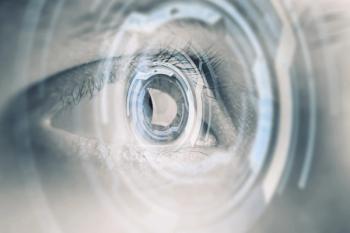
A recent analysis found a strong negative correlation between plasma THC levels and intraocular pressure in healthy adults after smoking cannabis.

Anne Barmettler, MD, an associate professor of ophthalmology, visual sciences, and plastic surgery at Montefiore Medical Center, outlines adverse events patients taking teprotumumab for thyroid eye disease may experience.

Leon Herndon Jr, MD, a glaucoma specialist, ophthalmologist, and professor of ophthalmology at the Duke University Eye Center, explains how older patients with glaucoma may lose nerve fiber layer at a quicker rate than younger patients.
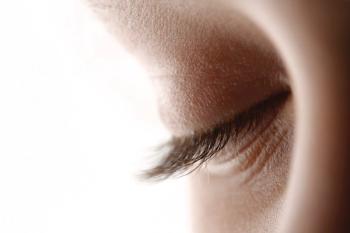
This represents the approval of the first bispecific antibody to treat wet age-related macular degeneration (AMD) and diabetic macular edema (DME).

A recent study suggests a conceptual deep neural network–based surgical guidance platform is precise and has potential as a valuable tool during phacoemulsification procedures.
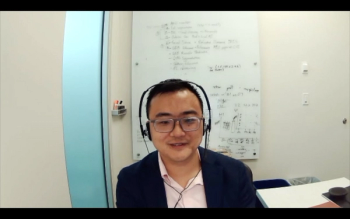
Aaron Lee, MD, an associate professor of ophthalmology at the University of Washington, discusses some limitations of artificial intelligence (AI) in the ophthalmology field.
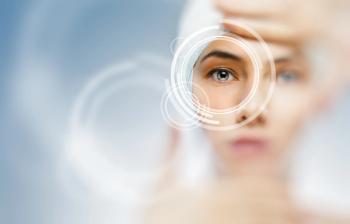
One of the long-term effects of COVID-19 may be small fiber neuropathy in the ocular surface causing similar symptoms to dry eye disease and diabetic neuropathy, a recent study found.

Victoria Ly, MD, MPH, explains potential next steps for her research on vision screening follow-up rate disparities among children in Arkansas.















































